Viewing design as the opportunity to contribute to the lives of the individual and the community, Sam Hecht and Kim Colin of London-based Industrial Facility have been improving the things we live with for the last 20 years. By focusing on their products’ effectiveness and simplicity of use, they strive to give clients more with less. Pragmatists in every sense, the two designers do not aim to produce something different, but rather something better that fits the context and the real world. Therefore, the meaning, purpose, and beauty of their design should always be evaluated on the basis of utility.
We’re obsessed with the life of products and furniture, its context and how it will live far beyond the shop.
Today, Industrial Facility is considered one of the ten most influential and progressive studios in the world in the product, furniture, and exhibition design, with a roster of clients including Muji, Herman Miller, Emeco, Mattiazzi, Epson, and Wästberg. Their works are held in permanent collections worldwide, including the Cooper Hewitt and the Museum of Modern Art in New York; San Francisco Museum of Modern Art; Art Institute of Chicago; Centre Pompidou, Paris; Victoria and Albert Museum and the Design Museum, both in London; and the Helsinki Design Museum.
In 2016, they started a new chapter in their work, creating a department called Future Facility that deals with designing the Internet of Things.
Gessato recently had the pleasure of getting behind the design with Hecht and Colin.
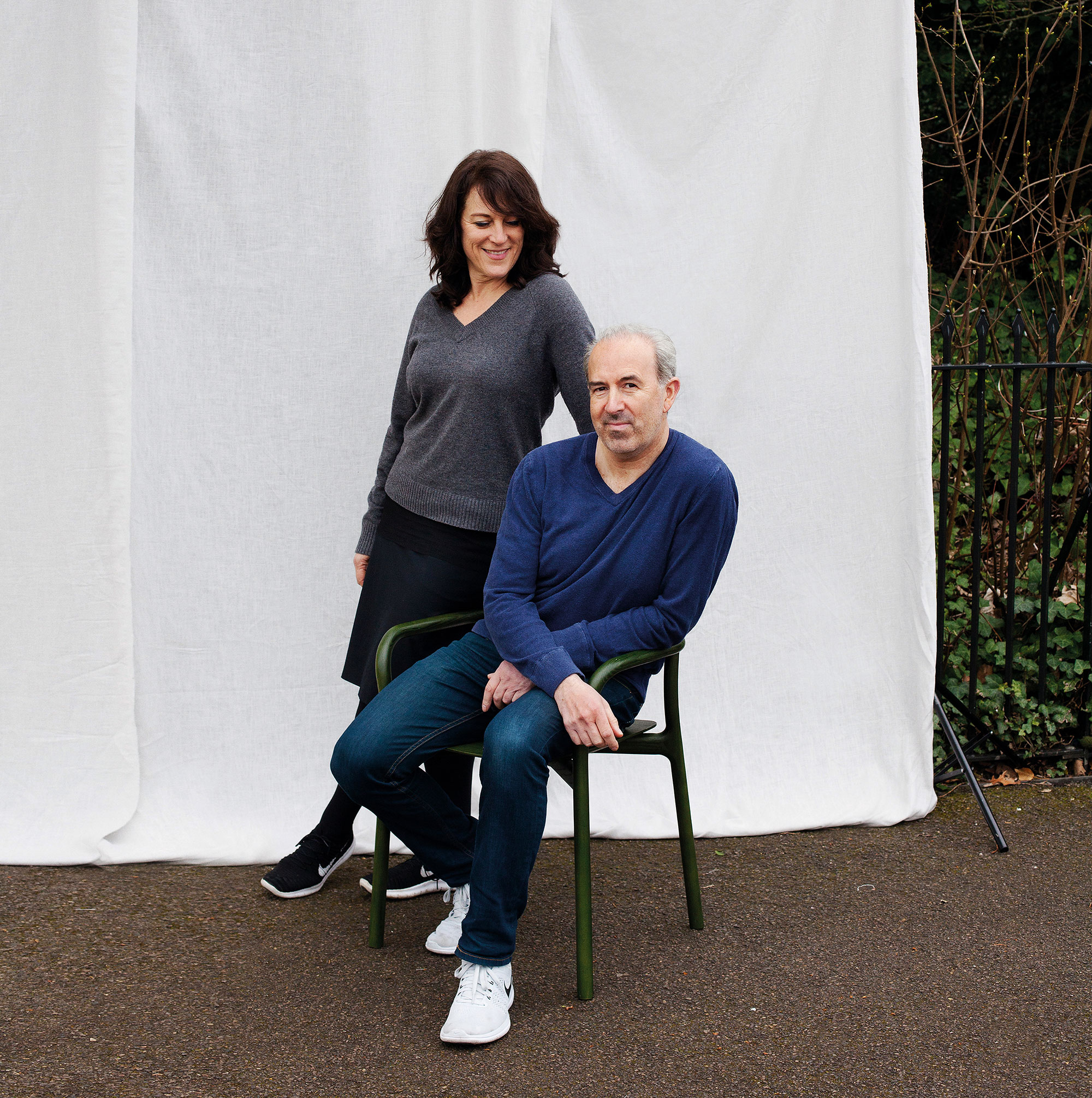
Hello Kim and Sam! Thank you for speaking with us today. Could you please tell our readers a few words about how Industrial Facility was born?
We started the studio in the summer of 2002. Both of us had existing careers in design and architecture. As you gain more knowledge, you can sometimes be pushed towards more of the ‘managing’ of design. We’d be the first to admit that neither of us was management material – more artists – so the only option was to start our own atelier. From the beginning, we had a very clear mandate – that we wanted to root ourselves in the production of design and facilitate industry.
Many perceive you, ourselves included, as one of the ten most influential design studios in the world today. In your opinion, what is the most significant advantage of working in a partnership? What insights does each of you add to the table when it comes to the design process?
Oh, I didn’t know we are so influential – I thought we were a bit under the radar. Honestly, the dialogue between us can be very intense because we are different in our outlook on things. We’re of different sexes (obviously), different backgrounds, from different continents, and have different education. So, all of these differences have proved to be important to the projects – a positive rather than a negative. It makes the work less obsessed with being biographical and instead answers different questions. I think that’s the secret to keeping things unpredictable – to have a studio that holds different points of view, but collectively merges to help the company and the customer with a long-lasting and relevant result.
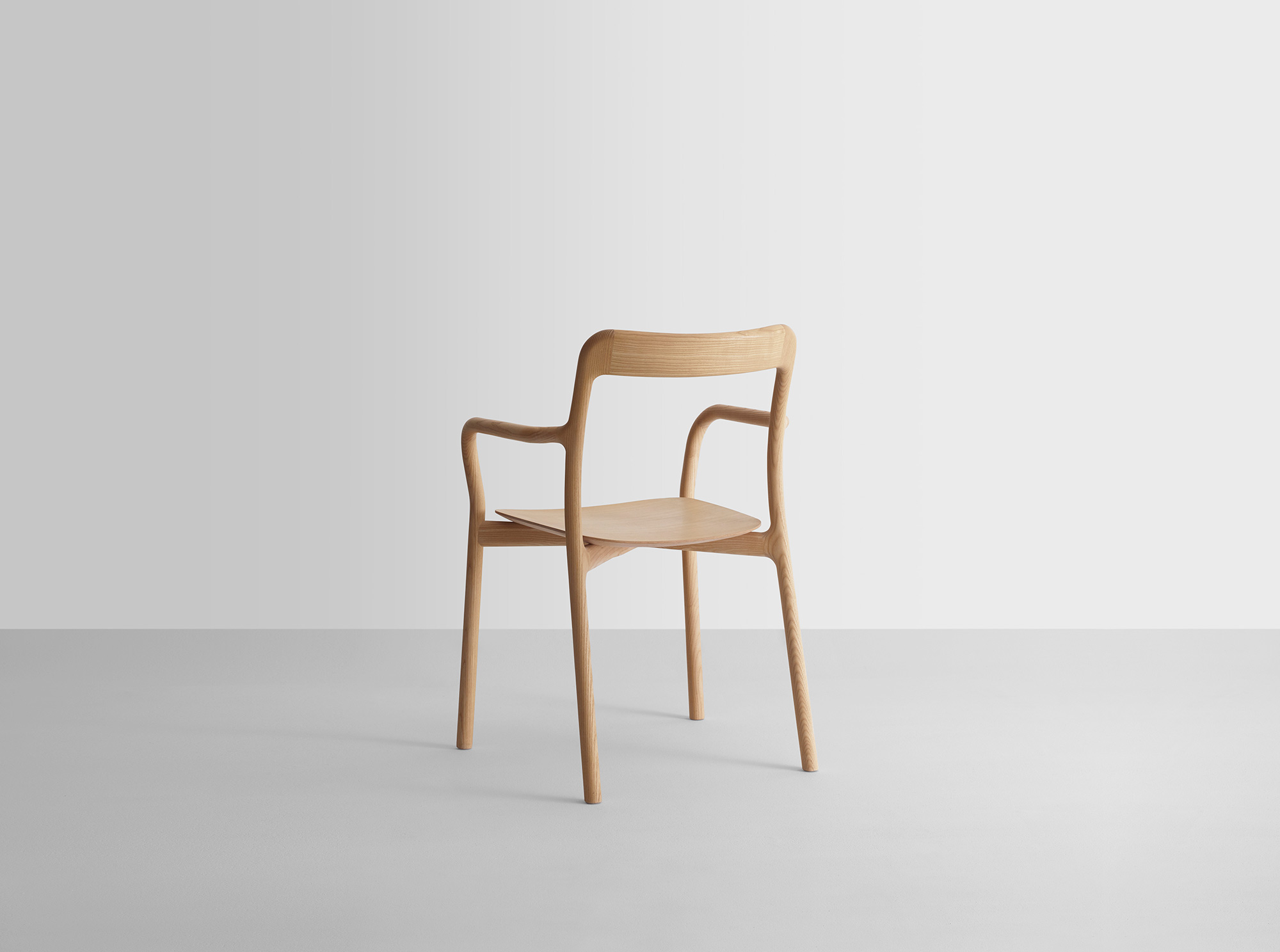
Have you observed any changes in industrial design practice since you established your studio? What do you see for the future of industrial design?
Yes – change is always all around us. You often don’t notice it day-to-day, because it happens slowly until it creeps up and surprises you. However the pandemic made this change turbo-charged and for the first time in a generation we could witness this change and it has been incredibly unstabilizing for all of us. But to discuss small changes – the ones that we as designers can influence, the biggest has been the emergence and reliance on screens, the apps, online – to control connected products and services. It means the physical form plays second fiddle to the screen in a way. Usefulness is less about the presence of a product and more the screen interface. It’s not a criticism – simply a reality that industrial design continues to embrace. So the current condition of industrial design is now a complete inter-connection and understanding of form and interface. It’s unavoidable.
In 2016, you created a new department called Future Facility, designing the Internet of Things. Could you tell us a bit about it? How challenging was it for you to get involved in IoT design?
This was a reaction to what I have hinted at – that once the internet enters a product, the potential becomes infinite, but for some reason it seems to result in more complexity, duplication and misguided features. It’s a crime really. So Future Facility’s mandate is to address this by using IoT to simplify the things we use even more, rather than introduce further layers of complexity.
In addition to the many potentials and benefits of IoT growth in consumer use, healthcare, manufacturing, etc., there are also some serious concerns that have been raised about its dangers in terms of human privacy and autonomy. What is your opinion on this?
We’ve written a lot about this, and so have many other commentators – that each time you use an App or go online when controlling a product, a small piece of data is given away to the manufacturer. These pieces of data are assembled together and if you apply AI it can be an incredibly powerful tool. Imagine a toaster is connected to the internet. I use an app to select the perfect browning of my toast. The manufacturer now has this data which is added to all its other data. It can then instruct AI to ‘go find correlations between the type of bread and the level of browning’. They now know an interesting piece of information that they can then sell to a bread manufacturer for instance, allowing them to adjust the level of sugar in their bread to accommodate less burning. This is completely hypothetical but plausible. Our opinion is, each of us creates data through the use of our products. We should be the ones in control of it, and if we allow it to be used we should be compensated for it. It’s too much control at the moment, and not enough transparency. The others are promises that are made by manufacturers. When you buy a product, there is often a set of control features included through IoT. But these can be taken away at any time, or become subscription. The responsibilities of manufacturers increase, which Future Facility wanted to help with – to make products honorable, exciting, and useful.
In what ways London inspires you in your creative process?
Most cities have their frustrations, but I think London is a city constantly in flux and so has more than its fair share. It’s probably because of so many layers of history that it is in a continual process of repair and contradiction. This environment is ripe for a designer to witness, because it’s full of potential – things can always be better.
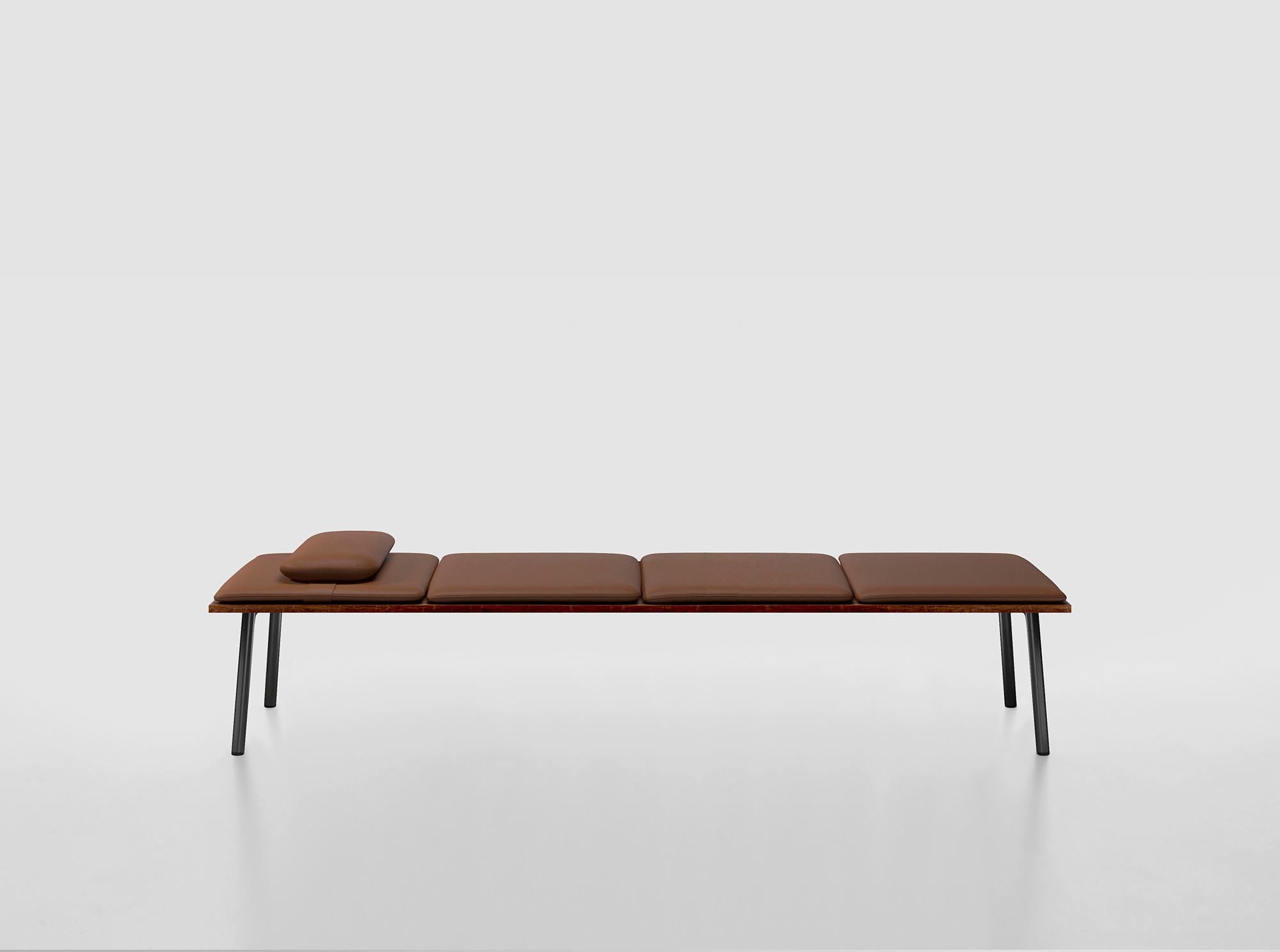
You base your design philosophy on the value of longevity and effectiveness, but you also emphasize that through your designs, you aim to give satisfaction beyond what is called for by the product and the client. What kind of satisfaction are you talking about?
Someone said to us that ‘we are on their side – the side of the customer, and that they need us’. To a certain extent that is correct, but it is also why companies like to work for us. We’re obsessed with the life of products and furniture, its context and how it will live far beyond the shop. These thoughts are continually discussed with the client and it means just us we have to substantiate our work, so too must company. It makes for true innovation.
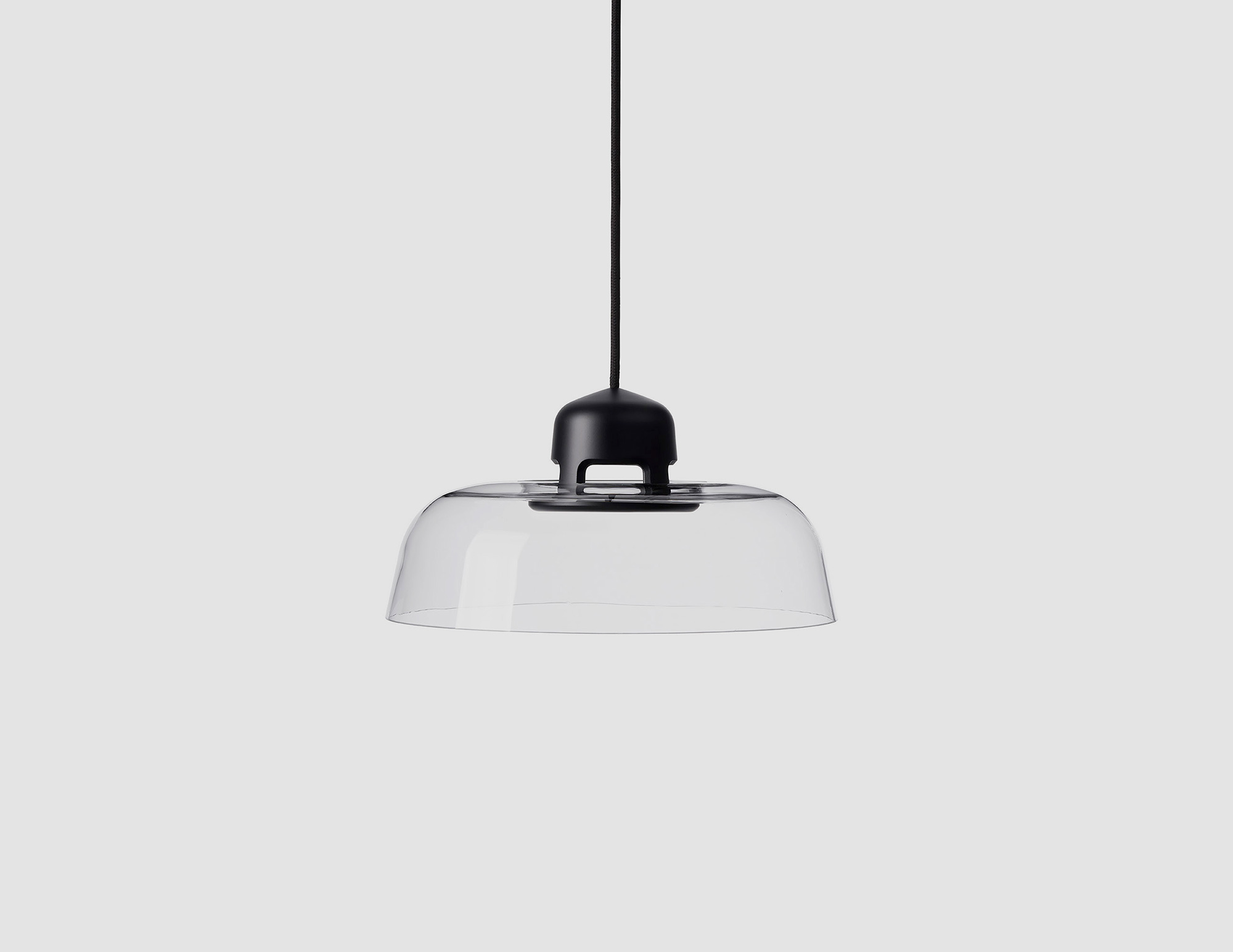
In one of your interviews, you explain that you find beauty in the content rather than the form; that aesthetic depends on the function. So, for you, when something is usable and works well, it’s beautiful?
Yes – there’s a given that beauty is subjective even in its function. Yet it’s clear to us that beauty is not only concerned with form but also its function and how it performs. I want something to work beautifully – not consciously but subconsciously. Beauty is not only a visual commodity, it is also an experience.
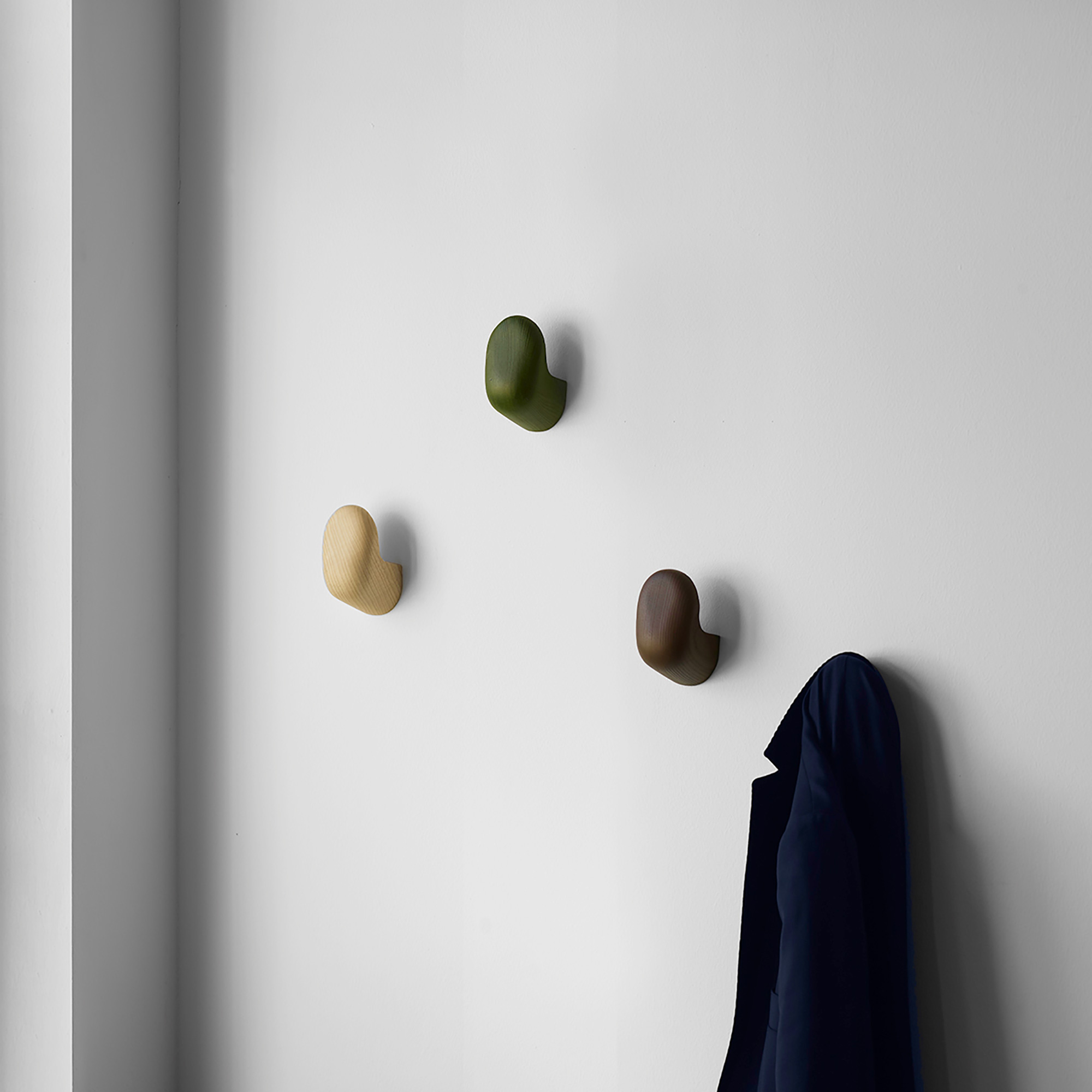
As much as the concept of beauty is abstract, subjective, and often culture-driven, it is also changeable. How much has your idea of beauty changed over time? Do you follow design trends and apply them in your work?
No, we never look at trends or forecasts – they are useless because a trend is already historical by the mere fact that they have been documented. Fashion is very different – it is seasonal – but furniture in particular is not seasonal – it must live and be used in all seasons. We think true beauty is a result of all of the constraints that have been overcome – so it is resultant not applied. In this respect beauty is unfinished. The context completes it.
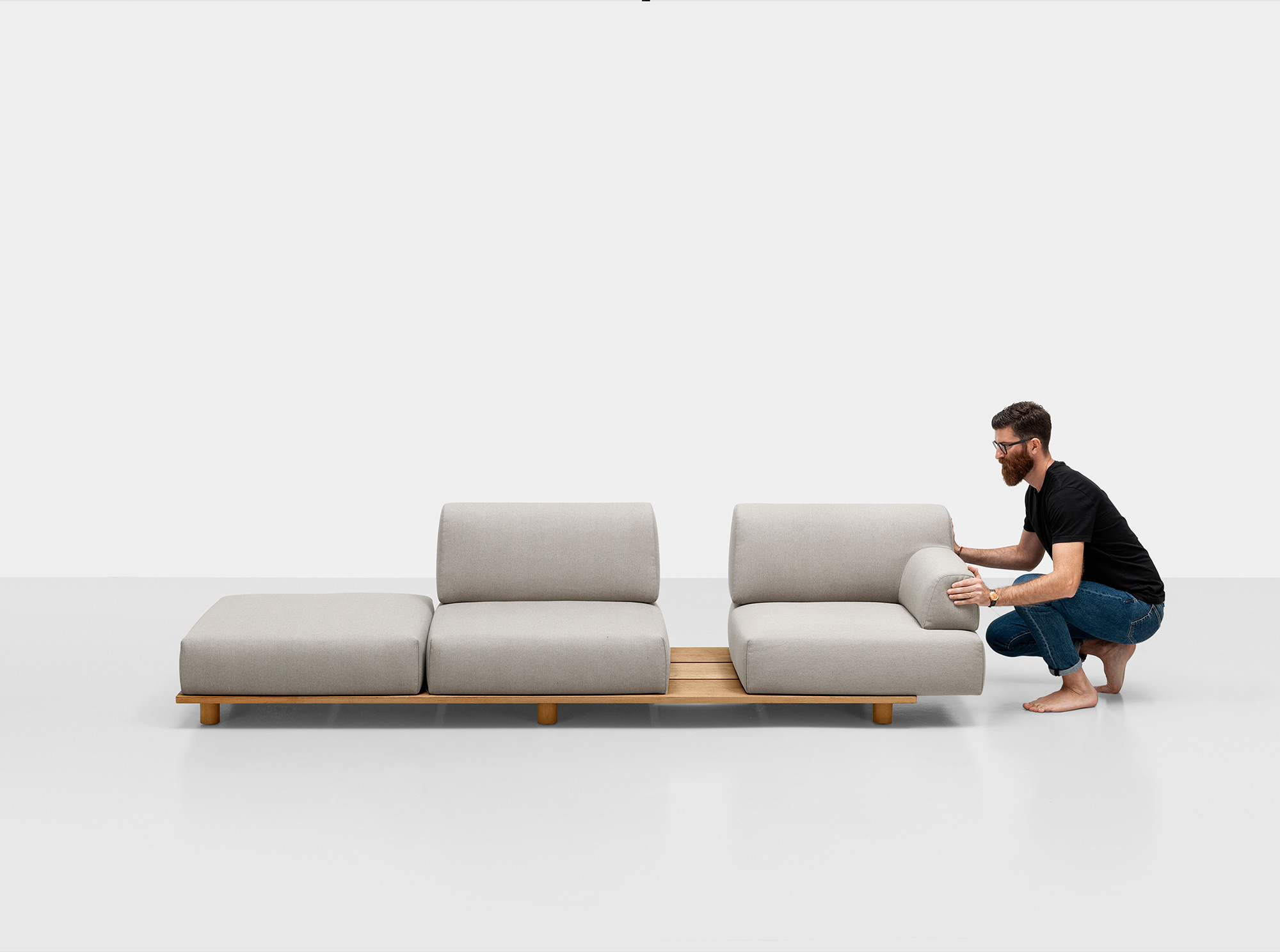
How do you walk the line between quality and uniqueness and being commercially viable?
The two can always be symbiotic – the quality and uniqueness has to be in equilibrium to its commercial reasoning to make it work. We see many beautiful things of great quality that do not cost very much.


